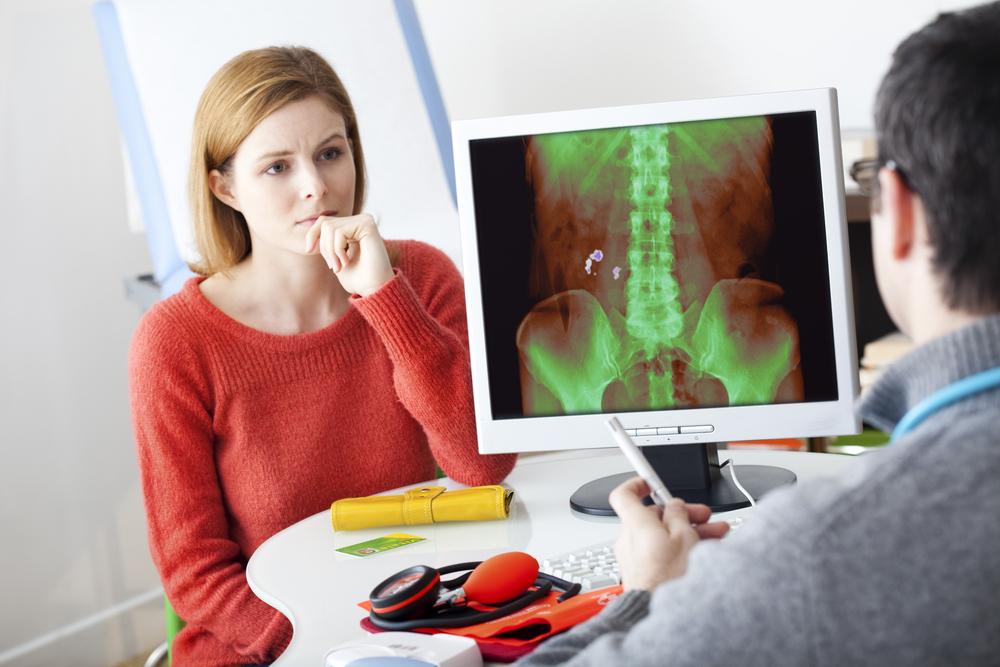Everything You Need To Know About Kidney Cysts And Their Effective Treatments
Everything you need to know about kidney cysts and their effective treatments
Kidneys are the most vital organs of your body. That’s probably why we have two of them in the first place. All those jokes about selling your kidneys can take a rest because a kidney cyst is a very serious issue that shouldn’t be left untreated.

Therefore, if you’re suffering from kidney cyst or want to know what it’s about, then look no further. Here’s a concise on what kidney cyst are, what causes them, their symptoms, and their effective treatments.
What are Kidney Cysts?
Kidney cysts are best described as tiny sacs of fluid. They’re found either in or around one or both of the kidneys. Everyone knows the function of the kidneys is to filter out the waste and unwanted materials from your bloodstream and combine it all in the form of urine to be expelled from the body.
Cysts are flexible in that there may be a single cyst on one kidney or multiple cysts in both of them. Cysts can be classified into two types: an individual or single cyst, or an amalgamation known as Polycystic kidney disease (PKD)
The former is treatable and often causes no hindrance. These individual cysts make themselves at home on your kidneys. These barely cause any damage or hinder the smooth functioning of the kidneys. They’re very thin and filled with water like liquid.
Cysts are harmless for the most part, and can only be noticed when people go in for imaging scans for whatever reason. However, it’s the polycystic kidney disease (PKD) that one must be varied off. This can be passed down through parents and causes an unchecked growth of cysts in and around the kidneys. This abnormal growth can cause many problems, so if anyone in your family has had PKD, you should get yourself screened.
Kidney cysts and their sizes
Cysts exist in a myriad of sizes. Some are microscopic in size, while others are as big as tennis balls and cause strain and pain in the surrounding organs. This unchecked growth of cysts to abnormal sizes is what causes all the problems that accompany cysts. There are different ways of treating kidney cyst.
Symptoms
If you have a kidney cyst, small in size, then there are close to no symptoms. However, it’s when they grow or get infected that symptoms start making an appearance. Some commonly reported problems include;
- Pelvis, back, and rib pain which starts off dull, and gets progressively severe
- Abdomen swelling which causes pain
- Fever or stark changes in temperature
- Blood traces in urine
- Discoloured and painful urination.
Risk Factors
The exact reason for the formation of harmless cysts still evades doctors. There are a various hypothesis that exists in this case. Some believe that cysts are formed when one of the millions of tiny tubes inside the kidneys, responsible for collecting urine, become blocked or fills up with fluid, thus hindering your body from working optimally.
What doctors do know is that likelihood of developing kidney cysts increases with age. With men carrying a far greater risk than women. Cysts are so common that by the age of 50, 50% of the population would face a kidney cyst problem.
Treatment for the removal of kidney cysts
Most urologists do a good enough job of identifying and narrowing down the presence of kidney cysts, and the severity. Your doctor will either screen your blood or stick to a small sample of urine. However, there are a few imaging techniques and scans that you might have to opt for depending on the situation.
- Computed Tomography Scan (CT)
This reflects your kidneys from a 360-degree angle. - Magnetic Resonance Imaging (MRI)
This test uses magnetic waves to paint a picture of the kidneys and the surrounding area. - Ultrasound Imaging (UI)
It checks the changes in the size of any kidney cysts currently present in the body.
In most cases, the kidney cysts are small and don’t cause any pain or problems of any kind, these can be left untreated since they’re stagnant. In such a situation, a regular UI scan is good to ensure they don’t grow and cause trouble.
However, in cases of kidney cysts that don’t stop growing, more urgent treatment is needed. They either need to be removed or eradicated. There are two kidney cyst treatments that exist; surgery and sclerotherapy.
Surgery
This is a less preferred method of the two treatments for the removal of kidney cysts but is sometimes the only way to get rid of a large cyst. The doctor creates small incisions and laparoscopically removes the cysts. It’s a two-step process in which the cyst is drained first, and then remove the tissue that held the cyst together. The procedure can take a while, and patients are put under general anesthesia.
- Sclerotherapy
A small and simple procedure that drains out all the fluid inside the cyst. The doctor uses a local anesthesia, to numb any pain and then uses a needle to pull out the unwanted liquid. Ultrasound is used to navigate through the kidney cysts and see the change in size taking place as it gets smaller. The procedure ends with the doctor placing an antibacterial solution in and around the area, in order to avoid regrowth of the kidney cyst.











